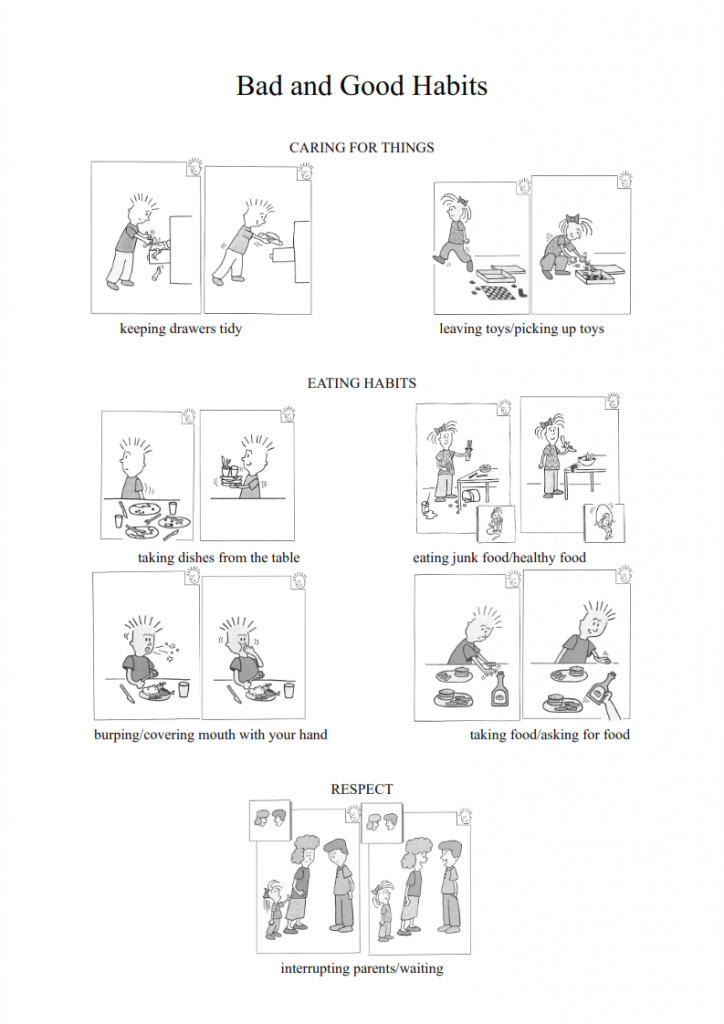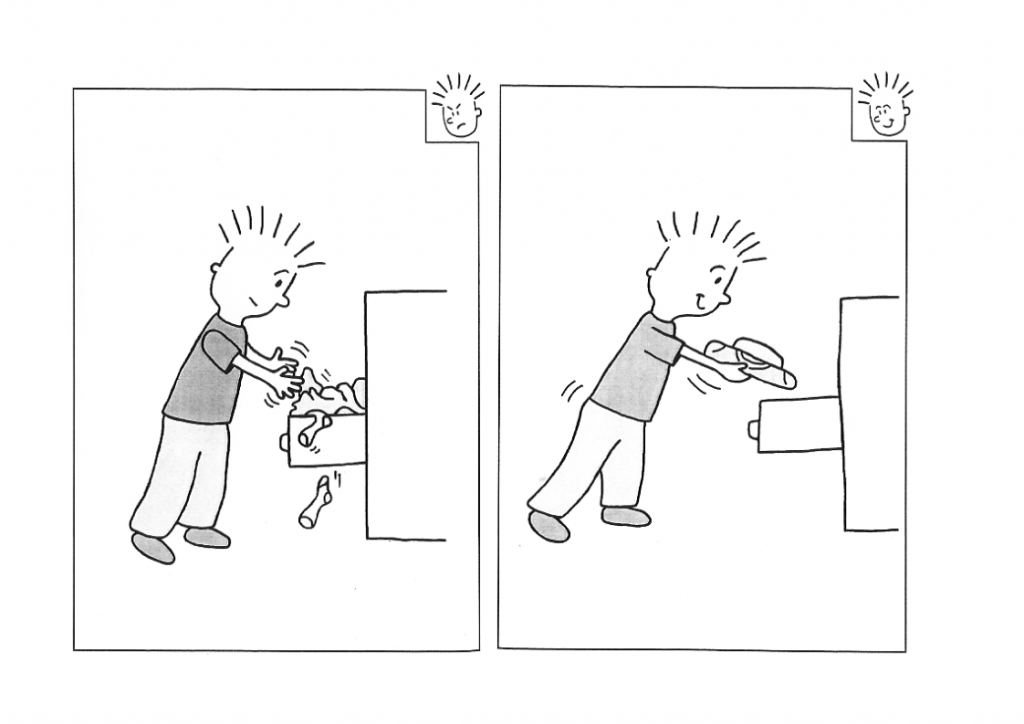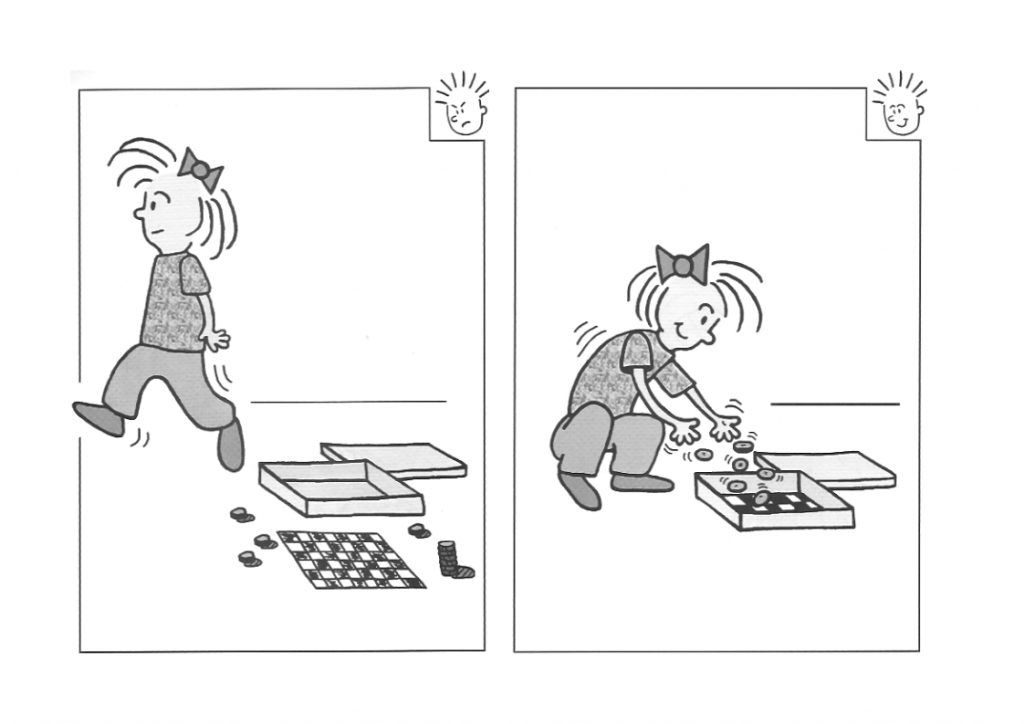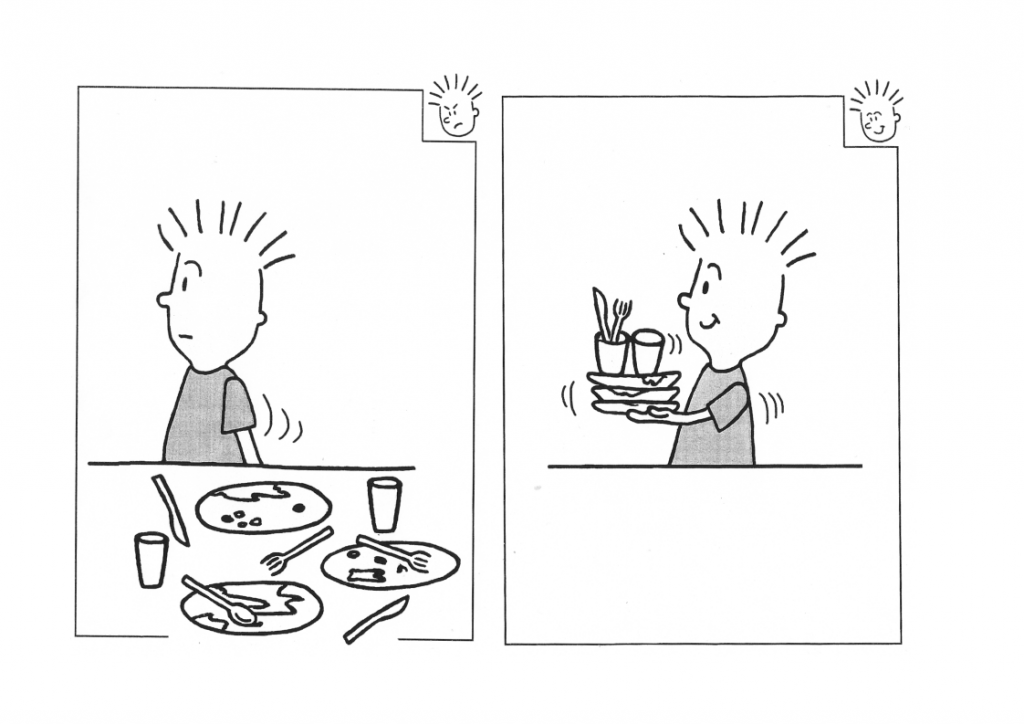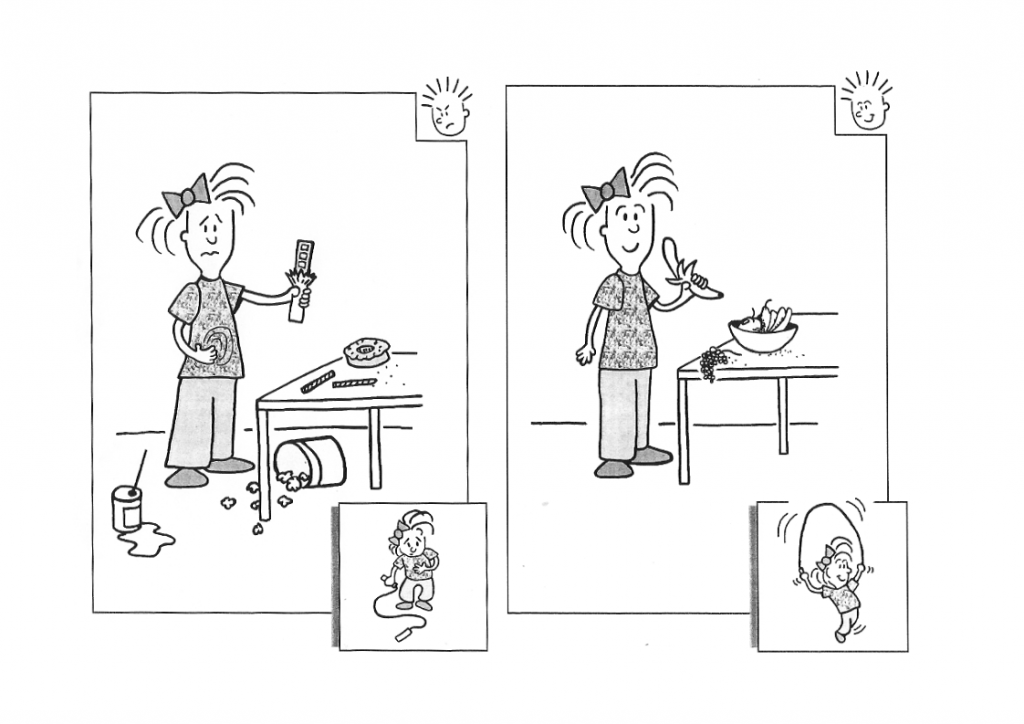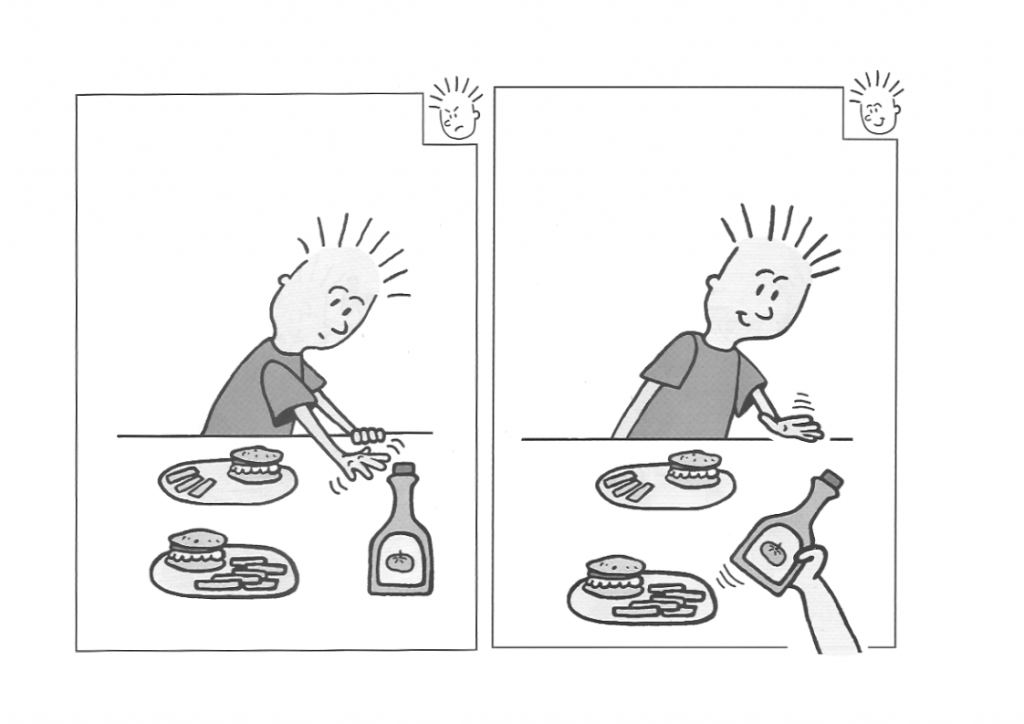Aim to learn that the habits we learn when we are young can stay with us our whole life
Aim
* to learn that the habits we learn when we are young can stay with us our whole life
* to learn that we must try hard to form good habits while we are young
Materials
* Story – “The Monkey & The Rabbit”
* Pictures of cartoon characters showing good and bad habits
* worksheets
* key words – conscience, habits
Lesson Outline
1. Introduction
2. The Monkey & The Rabbit
3. Discussion
4. Pictures of Good & Bad habits
5. Activities – worksheet, act out the story, mime a good/bad habit
6. Conclusion
7. End with a Prayer
1) Introduction
* God wants us to be good. This means to develop virtues such as respect, gratitude and honesty. Last week we learned that God guides us through our conscience to be good. We must follow our conscience to do what is right. We shouldn’t follow our friends if they are doing something we know is wrong.
* If we keep following our conscience and do what is right again and again we develop good habits. If we don’t follow our conscience and only do what we feel like doing again and again we can develop bad habits.
* Today’s story is about a monkey and a rabbit and their habits.
2) The Monkey & The Rabbit
Summary
* Monkey and rabbit are good friends, but they each have a habit that annoys the other. Monkey is always scratching, while rabbit keeps looking nervously around. They both believe they can stop their habit anytime they want and decide to have a competition to see who can stop their habit the longest. It is very difficult for both of them. Monkey decides to tell rabbit a story. In the story the main character is always scratching himself, so monkey scratches as he tells the story. The rabbit then tells his own story, in which the main character looks nervously around, so rabbit does the same as he tells the story. Monkey and rabbit realize they don’t really want to change their habits. They decide to put up with each others habits, because they want to stay friends.
* As you tell the story act out the actions of the monkey and rabbit. You could also get the children to do the actions together with you.
3) Discussion
1. Which parts of his body did monkey scratch as he told the story?
2. Where did rabbit look as he told his story?
3. Do you have any habits like rabbit or monkey? biting nails? scratching your head?
4. Why was it so difficult for them to stop their habits?
5. Is it easy for you to change your habits?
6. What good habits do you have?
7. What bad habits do you have?
4) Pictures of Good & Bad habits
Look at the pictures to generate discussion about the children’s habits. Are there other habits they have in each group?
BAD HABITS – GOOD HABITS
Caring for things
1. Messy drawers – keeping them tidy
2. Putting games away – leaving them on the floor
Eating
3. Burping – covering mouth with your hand
4. Taking food without asking – asking for food
5. Leaving dishes on the table – taking dishes away
6. Eating junk food – eating healthy food
Respect
7. Waiting patiently – interrupting parents
Free time
8. Doing regular exercise – being lazy
9. Watching too much t.v. – reading
* We form most of our habits when we are young and they are likely to stay with us our whole life. Once we have formed a bad habit it is hard to change. It is the same with good habits. So the best time to develop good habits is when you are young.
* All the good habits require effort. Bad habits are easy to develop, because they don’t, require much effort. Our conscience tells us what is right, but we must make the effort to follow our conscience. It has a lot do with our mind controlling our body. If we let our body control our mind, bad habits are easily formed.
* Why should we make effort to form good habits?
1. Good habits bring us closer to God.
2. We feel happier.
3. Our parents are happy when we have good habits
4. We make life easier for ourselves.
5. We have more control over our lives.
5) Activities
* Worksheet
Name 3 bad habits. Choose one. Draw a picture of your bad habit. Explain why it is bad.
Name 3 good habits. Chose one. Draw a picture of your good habit. Explain why it is good
* Act out the story
showing the actions of the monkey and rabbit
* Mime a good or bad habit
Others guess what it is
6) Conclusion
Ask each child what they could learn from today’s lesson. Refer to the lesson aims:
* to learn that the habits we learn when we are young can stay with us our whole life
* to learn that we must try hard to form good habits while we are young
7) End with a Prayer
